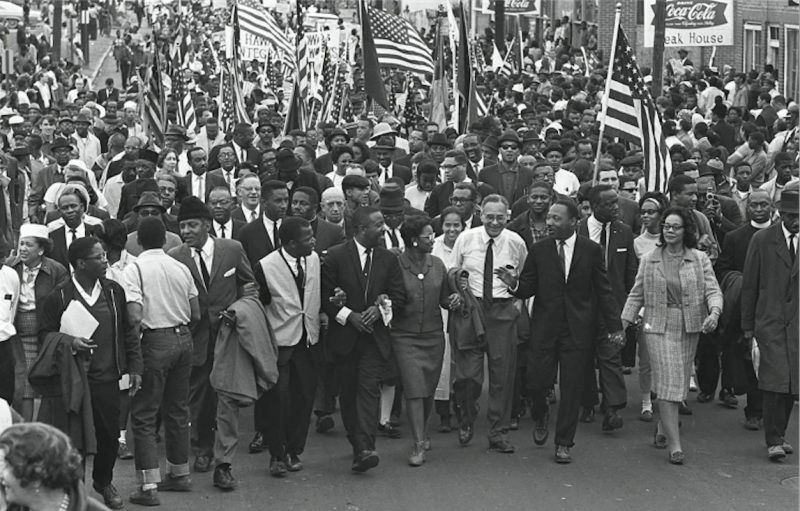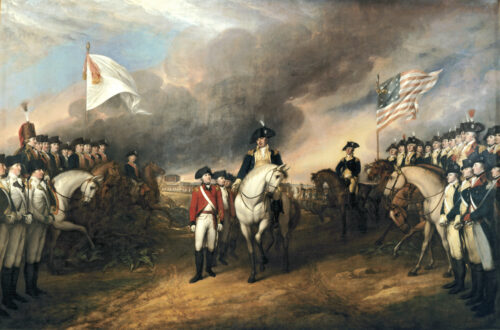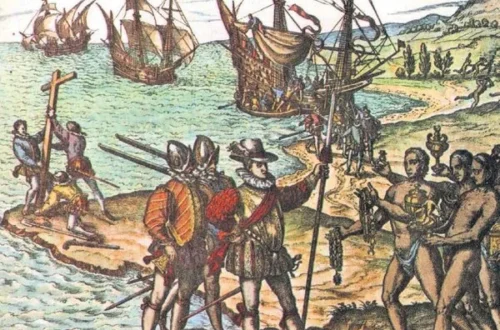1. Introduction
The mid-20th century witnessed a transformative battle for racial equality in the United States. The Civil Rights Movement emerged as a response to the systemic racism and segregation entrenched in American society, catalyzing profound social, political, and cultural changes. Grounded in nonviolent resistance and inspired by religious and philosophical principles, the movement not only redefined legal frameworks but also reimagined the concept of citizenship in America.
2. Historical Context and Origins
2.1 Post-World War II America and Racial Inequality
Following World War II, the United States experienced substantial economic growth and social change. However, this progress was marred by pervasive racial discrimination, particularly in the Southern states. Segregation was legally enforced through Jim Crow laws, while disenfranchisement and unequal educational and employment opportunities marginalized African Americans and other minority communities. The movement’s roots lie in decades of injustice, which intensified as veterans returned home demanding equal rights after their service.
2.2 Early Signs of Resistance
The early 1950s set the stage for organized activism with landmark events such as the Brown v. Board of Education (1954) Supreme Court decision, which declared the segregation of public schools unconstitutional. This ruling provided a legal foundation for challenging discriminatory practices and sparked a series of local and national protests that gradually coalesced into the broader Civil Rights Movement.
3. Key Events and Milestones
3.1 The Montgomery Bus Boycott (1955–1956)
The Montgomery Bus Boycott was a critical event that symbolized the power of nonviolent protest. Sparked by the arrest of Rosa Parks, the boycott led by Dr. Martin Luther King Jr. not only challenged transportation segregation but also demonstrated the economic and moral weight of organized civil disobedience.
3.2 Sit-Ins and Freedom Rides
The 1960s saw a surge in grassroots activism through sit-ins and Freedom Rides. Student-led sit-ins at segregated lunch counters and interfaith Freedom Rides challenged the status quo, drawing national attention to the injustice of segregation. These acts of courage paved the way for further legislative reforms by exposing the brutality meted out to peaceful protesters.
3.3 The March on Washington (1963)
The March on Washington for Jobs and Freedom, during which Dr. King delivered his iconic “I Have a Dream” speech, remains one of the most influential demonstrations of the movement. The event not only highlighted the economic and social disparities faced by African Americans but also unified diverse groups in the fight for civil rights.
3.4 Legislative Achievements
The movement’s activism culminated in significant legislative achievements, notably the Civil Rights Act of 1964 and the Voting Rights Act of 1965. These landmark laws dismantled legalized segregation and ensured broader voting rights, fundamentally altering the legal landscape of the United States.
Scholars such as Taylor Branch and historical documentaries like “Eyes on the Prize” have extensively documented these transformative moments.
4. Influential Figures and Leadership
4.1 Martin Luther King Jr. and Nonviolence
Dr. Martin Luther King Jr. emerged as the foremost leader of the movement, championing nonviolent resistance as both a moral imperative and a practical strategy. His leadership and eloquent advocacy for civil rights played an indispensable role in mobilizing public opinion and influencing policy changes.
4.2 Grassroots Activism and Community Organizers
Beyond national figures, countless local activists, community organizers, and ordinary citizens contributed to the movement’s success. Organizations such as the Southern Christian Leadership Conference (SCLC) and the Student Nonviolent Coordinating Committee (SNCC) were crucial in organizing protests, registering voters, and fostering community solidarity.
5. The Movement’s Legacy and Global Impact
5.1 Transformation of American Society
The Civil Rights Movement fundamentally reshaped American society. Its achievements catalyzed broader social reforms, prompting improvements in education, housing, and employment opportunities. Moreover, the movement set a precedent for subsequent activism, inspiring other social justice and human rights movements.
5.2 Influence Beyond the United States
The movement’s emphasis on nonviolent resistance and human rights resonated globally. Leaders around the world, including Nelson Mandela in South Africa, drew inspiration from the successes of the Civil Rights Movement. Its legacy is a testament to the enduring power of peaceful protest in challenging oppressive systems.
Contemporary academic research highlights how the movement’s strategies continue to inform social change initiatives both in the United States and globally.
6. Conclusion
The Civil Rights Movement of the 1950s and 1960s stands as a monumental period in American history that redefined civil liberties and social justice. Its legacy of courage, nonviolent resistance, and strategic activism not only brought tangible legislative reforms but also reshaped the collective conscience of a nation. As contemporary societies continue to grapple with issues of inequality and discrimination, the lessons of the Civil Rights Movement remain as relevant as ever, inspiring new generations to pursue the cause of justice and equality.
References
- Branch, T. (1988). Parting the Waters: America in the King Years 1954-63. Simon & Schuster.
- McAdam, D. (1988). Political Process and the Development of Black Insurgency, 1930–1970. University of Chicago Press.
- Britannica. (n.d.). Civil Rights Movement. Retrieved from https://www.britannica.com/event/Civil-Rights-Movement
- History.com Editors. (n.d.). Civil Rights Movement. Retrieved from https://www.history.com/topics/black-history/civil-rights-movement
- National Archives. (n.d.). Documents from the Civil Rights Movement. Retrieved from https://www.archives.gov/research/civil-rights
Tags: 1950s 1960s American history Civil Rights Movement Martin Luther King Jr. racial equality segregation social justice





